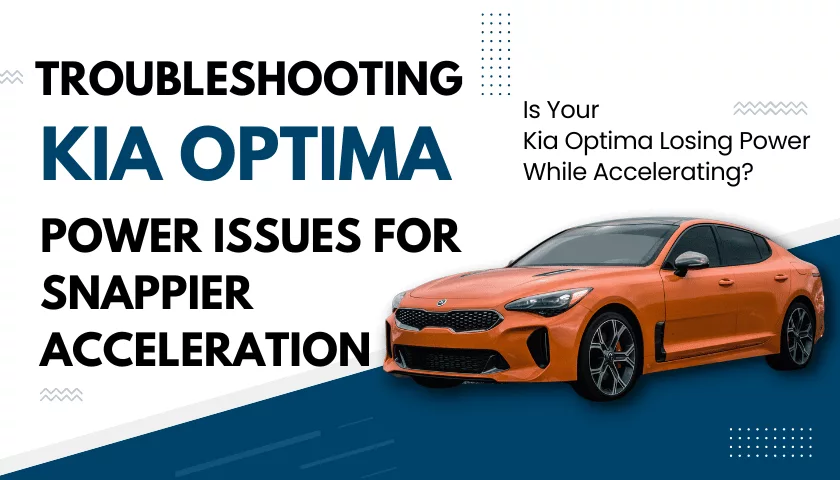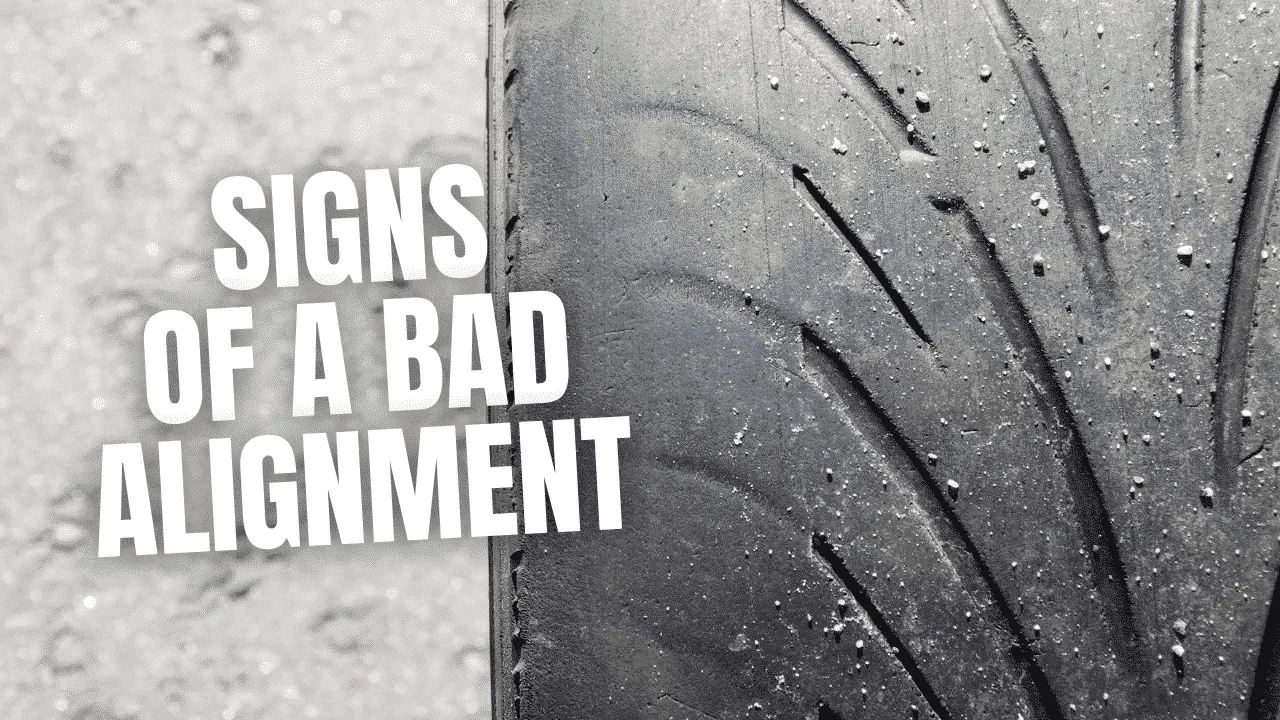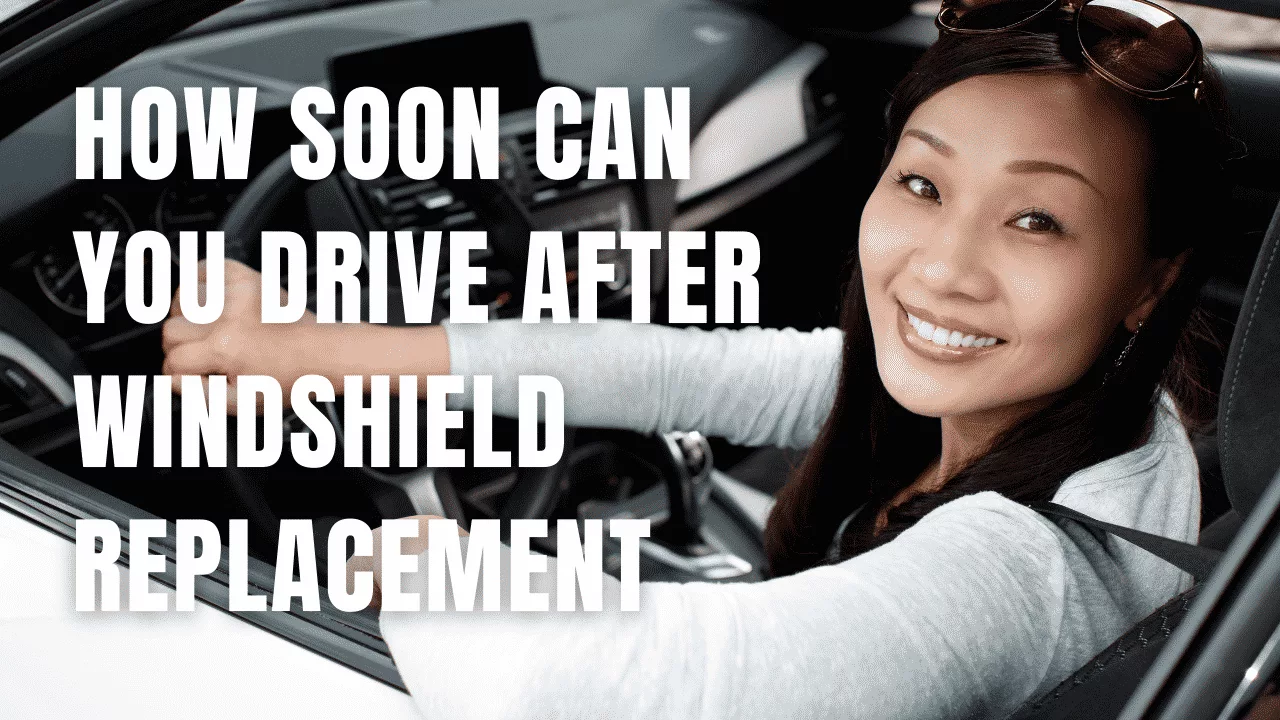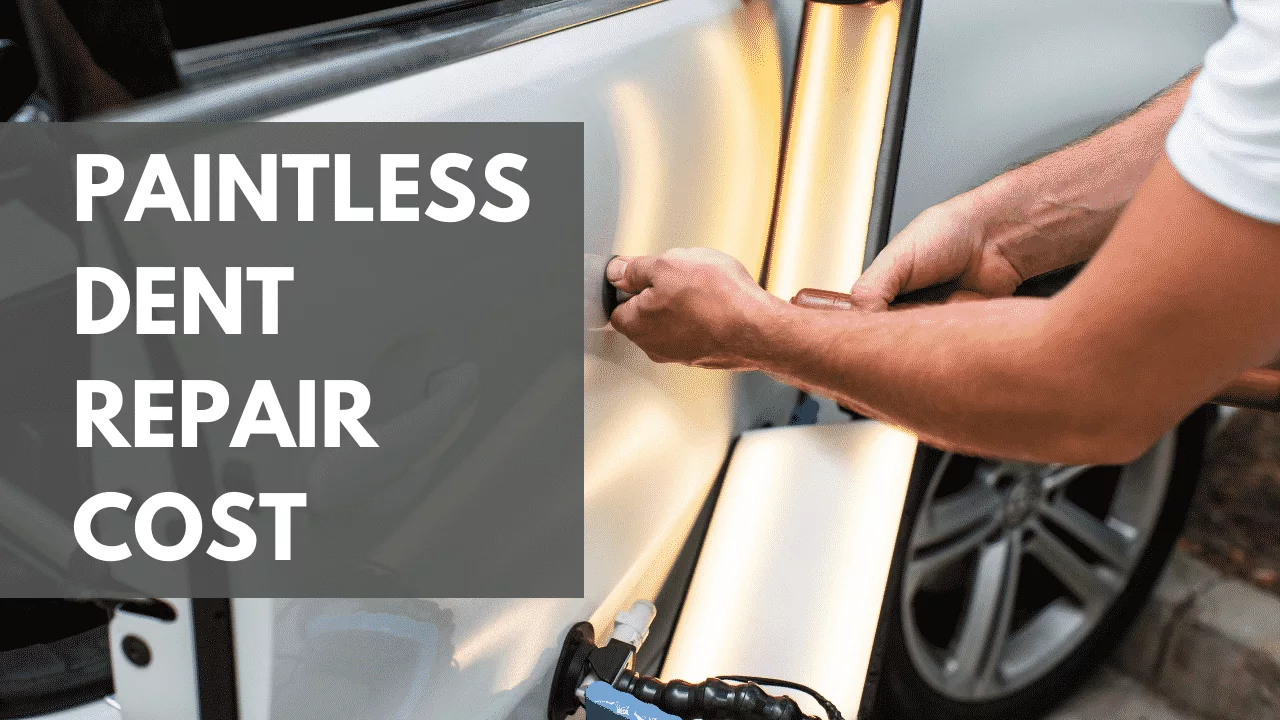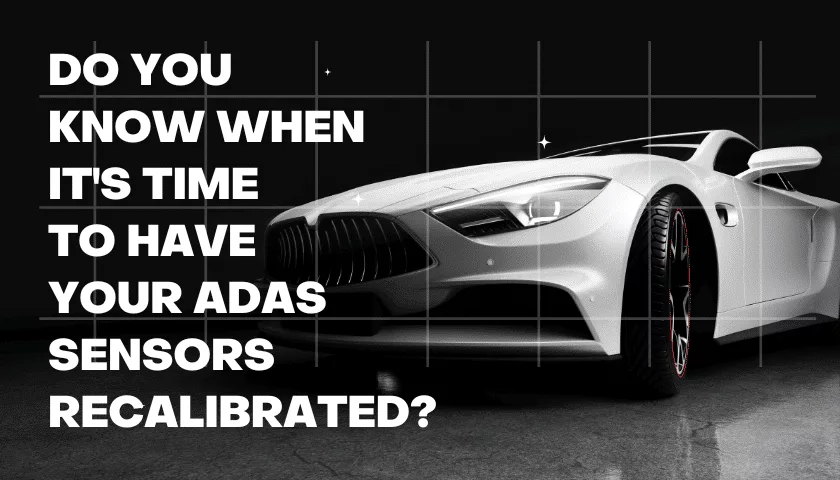
What is ADAS Calibration?
ADAS Calibration is an important process after a windshield replacement. It stands for Advanced Driver Assistance Systems, and it involves the recalibration of the safe driving system to ensure it’s working properly again.
The ADAS includes key safety features such as parking assist, collision avoidance, lane departure warning, and emergency braking. Without calibration, these systems may not be reliable and could even lead to dangerous or wrong decisions being made by the driver in certain situations.
Therefore, it’s important to take your car to a certified center for ADAS Calibration after a windshield replacement so that you can stay safe on the road. Without this adjustment, you risk endangering yourself and others while behind the wheel.
The Calibration Process
ADAS Calibration is a complex process that requires specialized equipment, knowledgeable technicians, and strict certifications. Ensuring the proper functioning of the sensors, camera, and other components needs to be tested with the help of special diagnostic tools before the vehicle can be officially calibrated.
It also involves setting up exact points for the vehicle’s cameras so that it can effectively measure its environment accurately. Technicians working on ADAS coding need to have experience in this field and must have passed certain certification tests in order to work on it safely and effectively.
This comprehensive calibration process allows drivers and automobile companies alike the peace of mind knowing their vehicles are safe on the roads thanks to intricate technology working hard behind the scenes.
Different ADAS Calibration Types
There are two types of ADAS calibration methods: Dynamic and Static Calibration.
The dynamic calibration process involves calibrating the ADAS feature using live data from the sensors, such as from cameras, radar, or LIDAR. This allows for a higher level of accuracy since it can take into account any performance variations due to temperature, vibration and other conditions that may affect the sensor’s calibration over time.
Static calibration requires manual adjustment of the settings by trained technicians to ensure optimum performance. This type of calibration is more labor intensive but also provides a higher level of accuracy than dynamic calibration as it takes into account environmental changes that could affect the performance of the system.
Average Cost of ADAS Calibration
Explaining the average cost of ADAS calibration can be tricky, but it’s important for drivers to understand.
ADAS calibration is designed to ensure safe, reliable navigation and communication with other vehicles. The price of ADAS calibration can vary greatly depending on your vehicle type, model, and system needs.
On average, the cost of a basic calibration starts at around $100 and can increase to up to $300 or more with additional fees for replacing old parts or calibrating specialized systems like crash avoidance sensors or adaptive cruise control.
At the same time, it’s crucial that drivers keep up-to-date with their ADAS calibration in order to drive safely on today’s roads; investing in regular maintenance could potentially help minimize costly problems or accidents in the long run.
Signs ADAS Sensors Need Calibration
If your car’s Adaptive Driver Assist System (ADAS) isn’t working the way it used to, it could be time for calibration. Signs that you should consider getting an ADAS calibration include:
- Issues with your car’s blind spot monitoring system – not detecting objects as accurately as before.
- Inaccurate lane departure warning or auto-steering.
- Forward collision warning system not registering like it used to.
- Diminished accuracy of traffic sign recognition or cruise control features.
- Halting response from your vehicle when braking or when attempting to take automatic measures such as emergency avoidance maneuvers.
- Unexpected acceleration tensions when attempting evasive steering motion, difficulty automatically staying within lane boundaries, and other potentially hazardous issues with acceleration capabilities.
These are just some indicators that you may need to look into an ADAS recalibration; if your car seems off its usual game, seek professional assistance!
Reasons You Might Need ADAS Calibration
Minor fender bender or other collision – The sensors may have been knocked out of alignment if your vehicle has been in a minor accident. This could lead to inaccurate readings and false alerts, so it’s important to get the system calibrated after an accident.
- Replacing parts – If you replace any of the components of your ADAS system, such as a camera or sensor, you will need to recalibrate the system to ensure that all parts are working together correctly.
- Tire changes – If you change your tires, the sensors may need to be recalibrated, as the new tires may affect the accuracy of their readings.
- Windshield replacement – If you replace your windshield, the sensors may need to be recalibrated as the new windshield may affect their accuracy.
Frequently Asked Questions
Is ADAS sensor calibration required after suspension repairs?
Yes, if your vehicle has a camera-based Advanced Driver Assistance System (ADAS), it is important to have the system re-calibrated after a suspension component replacement or adjustment. Suspension components are one of the main factors that influence ADAS accuracy, and recalibration may be required depending on the complexity of the suspension component being replaced or adjusted.
In some cases, even maintenance items like the replacement of brake pads can necessitate ADAS recalibration, as some models now incorporate padding into the body of its sensors for shock absorption. Displacement caused by this type of service will cause inaccurate performance even if the wheel alignment remains unchanged.
What diagnostic trouble codes indicate ADAS sensors need calibrating?
Diagnostic trouble codes (DTCs) are user-friendly notifications used to indicate a range of issues with Advanced Driver Assistance Systems (ADASs). When it comes specifically to ADAS sensors needing calibration, some of the common DTCs which might appear include:
- C1278 – Sensor defects in the front monitor for an adaptive cruise control system;
- C1279 – Rear camera image integrity failure;
- C1280 – Front camera image integrity failure;
- U0293 – Communication malfunction between the camera and Electronic Control Unit (ECU);
- U0401 – Incorrect data from the ECU.
What type of specialized tools are needed to align sensors correctly?
Sensor alignment requires precision calibration tools to accurately measure, adjust, and align the components of a system. Various types of calibration tools are used to ensure that sensors are correctly aligned. These include articulated arms, laser trackers, coordinate measuring machines (CMMs), precision tilt meters, and autocollimators.
An articulated arm is a common tool that consists of several segments connected by joints, allowing it to measure curves and surfaces given its flexible position. Laser trackers use laser beams to monitor and measure points in 3D space in order to check the accuracy of structural alignment in manufacturing and engineering processes.
Coordinate measuring machines are commonly used for inspecting geometrical measurements such as angles or height on parts or components made from metal, plastic, or composite materials. Precision tilt meters measure angles using advanced technology such as air bearings and provide readings accurate up to 0.002 degrees. Autocollimators are systems that measure small angles with high resolution making them ideal for sensor alignment applications where tilt must be checked down to very low levels.
These tools all operate differently but offer reliable results when calibrating sensors with great accuracy and repeatability. Using appropriate calibration equipment is essential when aiming for full application performance capabilities in any environment where measurements need to be taken quickly with confidence and reliability.
Is steering wheel vibration a sign of Advanced Driver Assistance System (ADAS) problems?
It may be a signal indicating that the ADAS system is not working as it should.
Vibration in the steering wheel can be caused by various factors, including improper calibration of the sensors, misalignment of components, incorrect tire pressure, worn suspension parts, or even loose bolts on the steering column. If any of these issues are present and left unresolved, they can cause unsafe driving conditions and result in instability when braking or turning corners.
If you notice a vibration in the steering wheel, don’t ignore it! Get it inspected right away by a professional automotive technician so you can identify the cause of the problem and repair it quickly before it affects other systems on your car or truck. Regular maintenance checks are necessary for reliable vehicle performance – especially if vibrations are noticeable when turning the wheel. Investing in preventative measures now will save you a lot of money and stress later on down the line!
Does my Automotive Insurance Cover ADAS Calibration Costs?
It is important to review your Automotive Insurance Policy and speak with your carrier to learn what’s covered. Many standard Automotive Insurances do not cover ADAS calibration as it may be considered a maintenance cost or modification cost. But some carriers do offer ADAS Calibration Coverage as an add-on to existing policies, or if you include these features when purchasing a new car, they could come with included Calibration Coverage.
To further understand your specific insurance coverage, contact your carrier and ask them directly about the availability of such coverage in relation to your policy.
Is ADAS calibration needed after a wheel alignment?
Yes, ADAS (Advanced Driver Assistance Systems) calibration is often required after wheel alignment. Adequate wheel alignment ensures that sensors recognize good vehicle handling and ensure the safest ride for the driver. However, the alignment of wheels does not always restore settings to the precise specs of the manufacturer.
For several advanced driver-assistance systems, precise steering wheel angle is critical for them to operate accurately. Even if wheel alignment was done correctly and settings meet factory specs, some systems still need additional calibration in order to deliver driver assistance, such as lane keeps or adaptive cruise control precisely.
Therefore, after the wheel alignment service, it’s recommended that owners of vehicles equipped with ADAS schedule an additional calibration with a certified technician in order to get their system calibrated accurately according to factory settings. Failure to reprogram any safety-related system can lead to accidents due to malfunctioning of this system and possible personal injury or property damage.
Who provides certifications for ADAS technicians?
The National Institute Automotive Service Excellence (ASE) and AJAC Advanced Automotive Technology certification programs provide expert knowledge and experience in servicing ADAS technologies. Certification is usually awarded after the successful completion of written and hands-on tests that assess an individual’s ability to repair, diagnose, and maintain a wide range of different vehicle types using active safety systems.
In addition to the ASE and AJAC certifications, there are also in-house technology solutions provider certifications, such as Mobileye Vision Certified Technician (MVCT) Program, which are focused on specific active safety systems found in newer vehicles today. These focus on sensors, camera systems, computer vision capabilities, and machine learning as they relate to preventing collisions.
Given the complexity associated with advanced driver assistance systems, some organizations may require that their employees have multiple certifications or a Master’s Certification from ASE or AJAC in order to fully qualify them for maintenance roles for ADAS-related vehicles. Having two certifications or more is highly regarded as it demonstrates the technician’s expertise not just in the installation process but also understanding nuances when diagnosing issues with malfunctioning parts down the line.
Organizations seeking out knowledgeable professionals who can service their ADAS-equipped vehicles efficiently should look towards those with ASE Master Certifications, AJAC Advanced Automotive Technology Certifications, or others provided by in-house technology solutions providers as top contenders in finding competent technicians for this role.
Lining It All Up
To summarize, ADAS calibration is a must in terms of making sure your vehicle is performing optimally. Depending on the type and make of your car, as well as any extra parts or systems that need to be calibrated, the cost may vary. To offer continuous safety and reliability assurance, it is essential to keep up with regular maintenance for this system. If any signs suggest your ADAS system needs attention, then professional help should be sought immediately. Taking these precautions now can save you from costly damages or potential accidents in the future.

